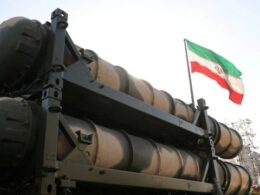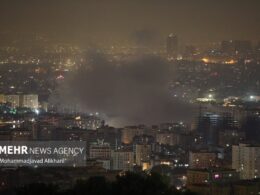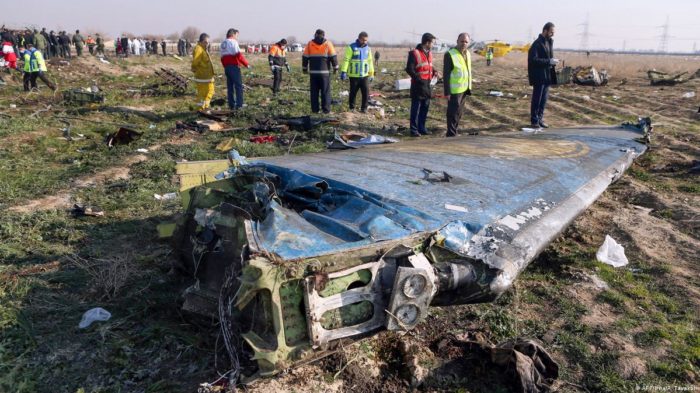Oil prices surged by up to 14% following Israeli military strikes on Iranian targets, Bloomberg reported on 13 June. The escalation immediately rattled global energy markets, with crude benchmarks jumping sharply amid fears of wider conflict in the Persian Gulf.
Crude markets react to military escalation in the Middle East
According to Bloomberg, West Texas Intermediate (WTI) crude topped $77 per barrel at one stage—the biggest intraday gain since May 2020—before easing to around $73. European natural gas also rallied, while gold approached record highs as investors sought safe-haven assets.
Israel targets Iranian nuclear and missile facilities
Last night, Israel struck multiple locations across Iran, including the Natanz nuclear site and facilities in Tabriz. Israeli Prime Minister Benjamin Netanyahu said the strikes were aimed at neutralizing Iran’s nuclear and ballistic missile capabilities and confirmed that the campaign would continue. Hours later, the Israel Defense Forces stated that Iran responded with a wave of over 100 drones, and further missile retaliation was anticipated.
OPEC+ and IEA prepare for potential supply crisis
Analysts at SEB AB told Bloomberg that markets are not factoring in deep damage to Iranian infrastructure or full disruption through Hormuz. Still, the International Energy Agency has confirmed its readiness to release emergency reserves if needed. Meanwhile, OPEC+—with most spare capacity located in the Gulf—could raise production to stabilize prices, should the situation deteriorate further.
Russia's reliance on oil and gas exports
In 2024, Russia’s oil and gas sector accounted for about 30 % of its federal budget revenue. Meanwhile, Russia's military spending in 2025 is projected at 7.7 % of GDP and 12% increase against 2024—reflecting a highly militarized economy prioritizing arms and war-related production.
Read also
-
Israel eliminates Iranian commander, who helped Russia to kill hundreds of Ukrainians with kamikaze drones
-
Destruction of Iran’s nuclear program means Trump has no reason to offer Putin concessions on Ukraine in exchange for Tehran’s pressure, says expert
-
Frontline report: Russia faces oil price collapse as OPEC+ hikes production again
-
ISW: Russia committed to war goals through rising missile and drone buildup





